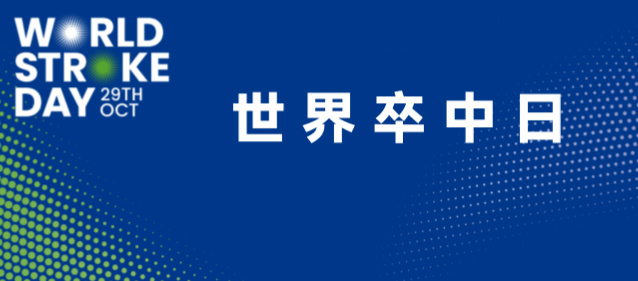尿道球部狭窄患者尿道成形术后性功能障碍发病率降低
作者:Teresa O. Ekerhult, Klas Lindqvist, Ralph Peeker, Lars Grenabo 来源:Journal of Urology 日期:2013-03-12
导读
Low risk of sexual dysfunction after transection and non-transection urethroplasties of bulbar urethral strictures
Abstract
Purpose
Open urethroplasty is the preferrED treatment for recurrent bulbar urethral strictures, but there are still some controversies regarding the optimal technique and the consequences of transecting urethra regarding sexual dysfunction, such as erectile dysfunction, penile shortening, impaired glans filling, decreased glans sensibility and ejaculatory function. This study is a retrospective analysis with long term follow up of anastomotic and substitution onlay urethroplasty in bulbar strictures with emphasis on sexual function postoperatively.
Materials and Methods
Patients (N=169) with bulbar strictures who underwent urethroplasties with onlay technique (N=75) or resection followed by end-to-end anastomosis (N=94) during 1999-2009. Mean follow up time for the transection and onlay groups were 41 and 69 months (range 12-132), respectively. All patients were asked verbally about their sexual function during follow up and failure was defined as when new surgical intervention was needed.
Results
One patient in each group developed erectile dysfunction (1 %). In the transection group five patients (5%), four with longer and more distally located strictures, were found with a penile shortening/downward angulation, however not interfering with their sexual ability at intercourse. No patient reported impaired glans or ejaculatory function. Success rate of the transection and onlay groups were, 91 % and 71 %, respectively.
Conclusions
Transection with resection and end-to-end anastomosis is a good method for bulbar strictures with a low rate of sexual dysfunction and a high success rate postoperatively. To avoid penile angulation/shortening it might be wise using onlay technique for longer and distal strictures.
http://www.jurology.com/article/S0022-5347(13)00351-0/abstract
分享:



.jpg)


